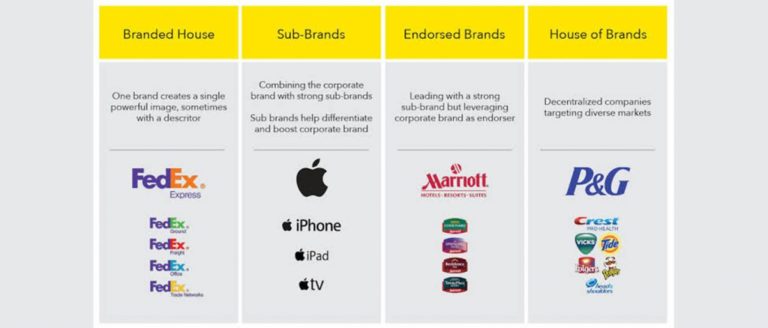Workhuman is a software company based out of Massachusetts and Dublin, not Bentonville. But why do so many people think it’s part of the Walmart umbrella? When watching a TV commercial recently, it became apparent that branding has played a big role in this confusion- I was confused myself. Turning to Google, I found out I wasn’t the only one… check out the suggested search after only typing in “is workhuman”.
Is Workhuman part of Walmart?

If you look at the two logos – the similarity is uncanny.


After staring at this for a while you can see the slight variations: 5 points on the star versus 6, not the exact same font, lowercase versus title-case. Interesting that Walmart isn’t seeing the similarities with Workhuman, given they are suing Kanye West over “similarities” with a 6-point star (different shape and color).
At the core, it seems that Workhuman and Walmart are very different when it comes to their focus and what they care about as a company. But from a consumer perspective, this is confusing. My first thought was: A. This is owned by Walmart or B. They are trying to be the budget HR solution (human capital management software at Rollback prices). After doing more research than the average consumer, I am seeing that these companies have very different ideologies. Does Workhuman expect everyone to go down this same rabbit hole? Are they using confusion to build awareness? Or is this inadvertent and not their goal at all?
At the end of this, I can answer the question “Is Workhuman part of Walmart?” with a firm “I don’t think so”.
So how can brands use their logos to cause cohesion versus confusion?
One balancing act that is important to discuss are the concepts of brand-cohesion and brand-differentiation. You can’t forget that customers may interact with a single brand on many levels, but the experience may be unique and cause customers to react differently to each level within a hierarchy. Coca-Cola is a good example where each product line has both Coke branded products, as well as individual sub-brands that still get the benefit from the overall brand prestige.
There are other concepts in branding that allow parent-child relationships while still giving enough room for each individual brand to garner their own reputation and following. Branded House, think FedEx where each logo of each division looks the same with only different colors. Sub-brands, think Virgin where all companies carry the Virgin name (in the classic signature font) but the logos are all unique. Endorsed brands, like hotel chains that may be under the parent name to leverage reputation (think Marriott). Or a House-of-Brands concept, like P&G, where brands like Tide and Crest are almost completely separate.
However, when no relationship exists between brands, it is most important to be unique and try to differentiate. An outsider’s eye may have saved Workhuman some confusion. Refinery Lab has helped clients define their audiences and find the best brand architecture to fit their market and offering. If you need help introducing a new brand or looking at your overall brand architecture, contact us today.
